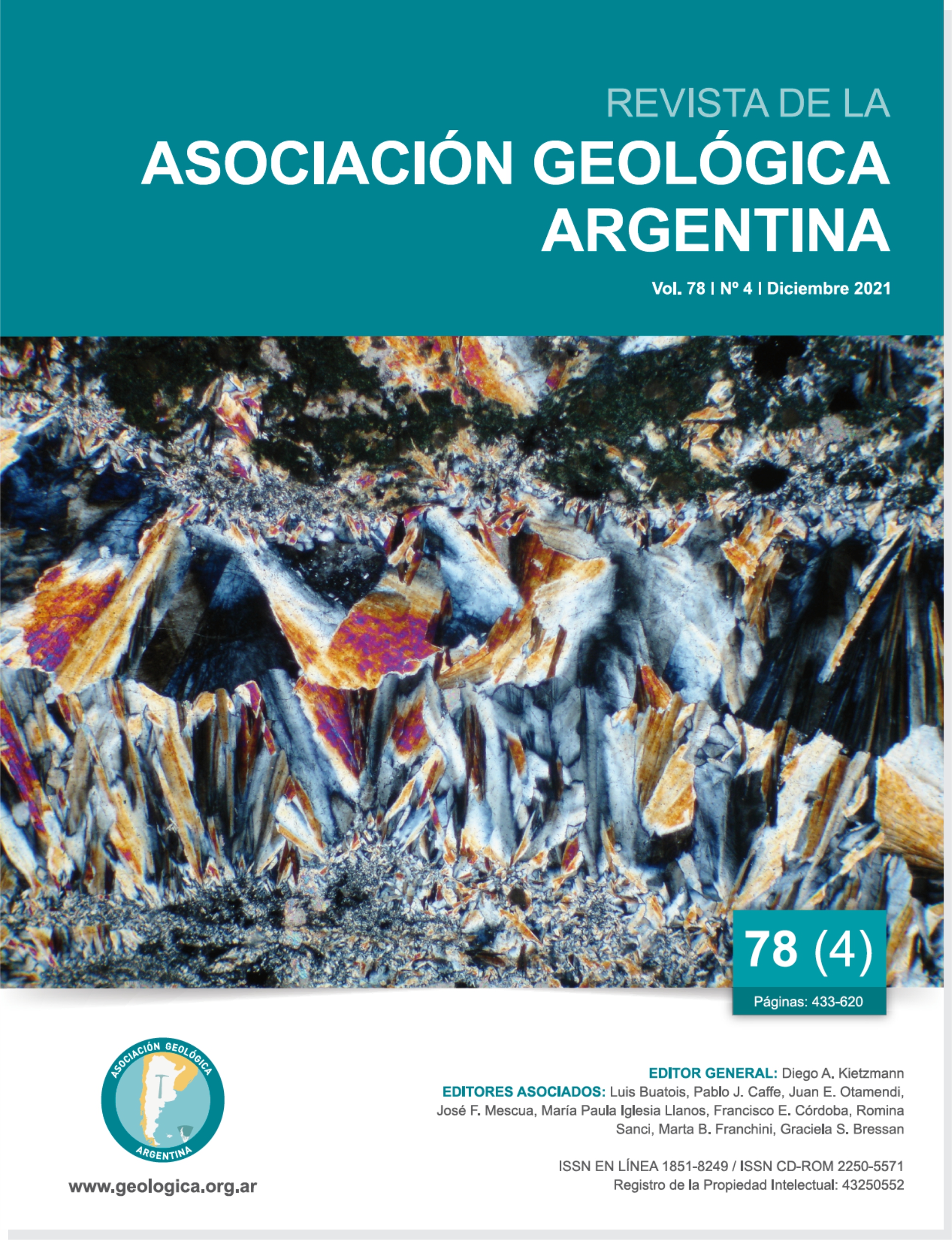High resolution topographic survey: comparison of terrain models using Total Station and SfM-MVS photogrammetry. Application in a quarry of selected soils, La Plata, Buenos Aires
Main Article Content
Abstract
The topographic survey of a selected soil quarry located in the Partido de La Plata was carried out, using two field survey techniques. One survey was carried out using a Total Station and another using the Structure from Motion-Multi View Stereo (SfM-MVS) photogrammetric technique with an aerial platform, obtaining as the final result of each one a digital terrain model. Both methodologies were used in order to be able to compare them with each other, analyzing the scope and limitations, as well as the precision in the volume calculation of the extracted material. The results between both techniques were compared generating a DEM of Difference and calculating the volume of extracted material. The SfM-MVS survey was validated using independent control points obtained with differential GPS and the absolute error of the model is 9.26 centimeters. The model generated with Total Station shows that the greatest differences are due to areas with no data where contour interpolation was performed. The model generated by SfM-MVS concentrates the greatest errors in the regions with slopes greater than 30º and with dense vegetation. The volumes obtained with both methods indicate differences of less than 10 %. The SfM-MVS technique constitutes a fast, low-cost and effective tool for the survey of quarries due to the high density of points and their systematic registration produce more complete and realistic representations of the surveyed areas, compared to traditional techniques such as Total Station.
Article Details

This work is licensed under a Creative Commons Attribution-NonCommercial 4.0 International License.
Nota de copyright
Los autores conservan los derechos de autor y garantizan a la revista el derecho de ser la primera publicación del trabajo licenciado según una licencia de atribución Creative Commons que permite a otros compartir el trabajo con el reconocimiento de la autoría y de la publicación en la que se publicó por primera vez.
Declaración de privacidad
Los nombres y direcciones de correo electrónico introducidos en esta revista se usarán exclusivamente para los fines declarados por esta revista y no estarán disponibles para ningún otro propósito u otra persona.

